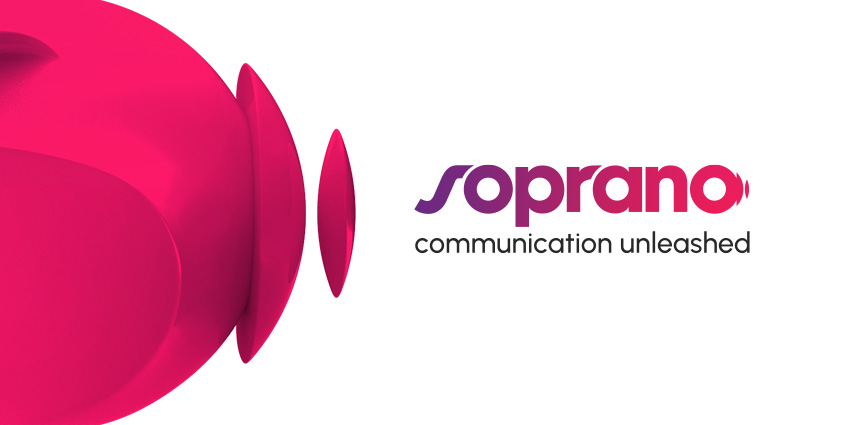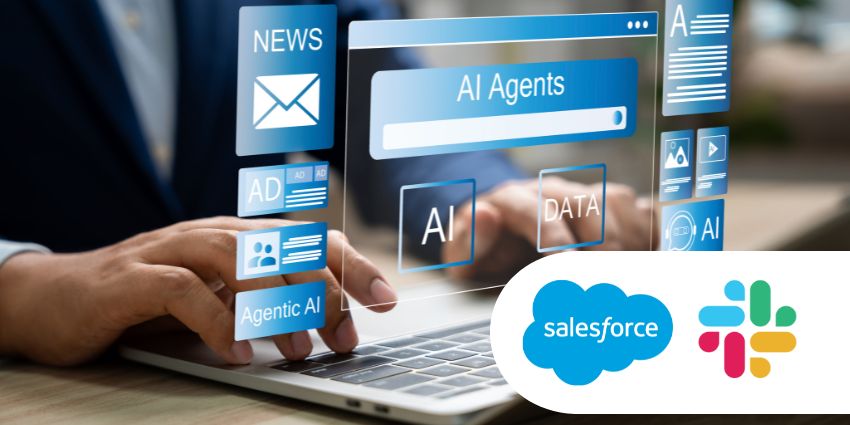When deciding to adopt a specific platform, you expect the provider to ensure their solution is up to date, don’t you?
Realistically, being able to make sure the product works in the future is a simple demand from customers. How those product features are added, from idea to integration, can take different paths though.
From the view of the vendor, developing features as and when customers need them may be a good process when first entering the market, but it is not a sustainable practice. Features that are piled on top of each other end in a segmented solution that is not designed to work together as part of a complete package.
As Marshall Hampson, Communications Manager, at Soprano Design points out, building business requirements into the solution can also open up conversations that ensure the longevity of the solution. He added: “When we talk about developer-led CPaaS, they’re usually a startup company or very small company that doesn’t have a tonne of resources, and you just need to solve one or two main use cases.
“That’s a very efficient way of getting things done, but it kind of stops there. If you keep developing APIs in this way, the solution becomes a complex, convoluted thing where 20 different APIs aren’t really working together. As the business grows, and compliance, scalability, efficiency, and pursuing business goals becomes more important, the solution itself ends up being messy.
“From a Soprano standpoint, businesses entering the CPaaS industry need some sort of counsel. They need to work out what they are trying to solve, what the business goals they’re trying to hit are, and where they’re falling short. Then our solutions consultants figure out ways to solve their problems.”
Preparing for the future
While solving the issues businesses face needs to be a primary focus for service providers, the longevity of a solution such as Soprano’s is in its approach to developing new features.
According to Hampson, whilst consulting on current issues that need to be solved, Soprano also ask the vital question on what problems businesses can see on the horizon as well.
“We’ve said before that around 80% of the use cases for CPaaS haven’t been discovered yet because people aren’t thinking that way,” said Hampson. “Especially when you think of IoT, manufacturing and things like that, where we need to be thinking far in advance, because by the time the product actually gets made, we’ve moved on as a society.
“Business-led development will use the past to help shape the solution to a businesses’ future goals. The larger organisations care more about the bottom line and their customers so they want to make sure that they continue growing, and in order to do so, they actually need somebody to initially consult them right off the bat.
“That’s really how we approach it, we take a standpoint of solving this problem for businesses. We decode how businesses operate and the way to solve their problems, but we can unlock a lot of potential for communications after the fact, because we don’t want to just sit and focus on the here and now. We ask about the next question, think about it five years from now, what are all the things you want to accomplish? Let’s work on all of tha.”







